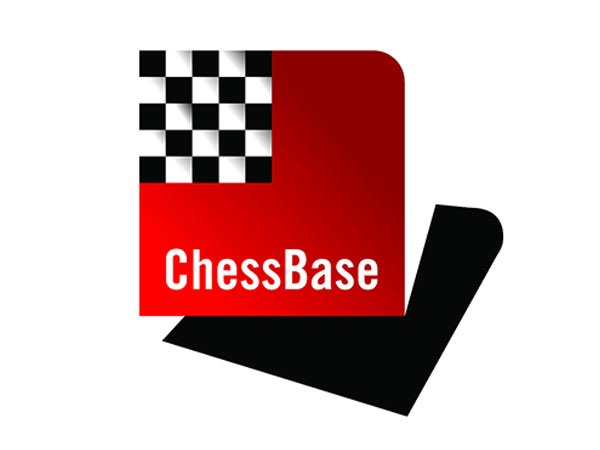


I recently concluded travels lasting over a month and a half, during which I was fortunate enough to experience Mexico City, San Diego, Los Angeles, Palm Springs, the Hawaiian Islands and of course Las Vegas, I where I played at the North American Open, which I won with a 8.0/9 score. ChessBase had a big report by Beau Mueller on the event, to which I want to add an annotated game (which you will find at the end of this report).

But before we get to that I would like to share some pictures I took on
my motorbike
tour through Texas, New Mexico, Arizona, and California.

The "City of Rocks" in the desert

The mountains around San Diego

The Gila Cave Dwellings

Me in my travel gear at the Gila Forrest Lookout
Every year Las Vegas plays host every year to one of America's biggest class opens, the North American Open (NAO). Chess enthusiasts of all strengths from all over the world flock to the entertainment metropole for these tournaments, with hopes of winning relatively big prizes ($80,000 in the 2012 NAO) and experiencing all that the city has to offer.

Las Vegas, founded in 1905, is located in an arid basin on the desert floor of Nevada and is surrounded by dry mountains. The city's tolerance for gambling and various forms of adult entertainment earned it the title of Sin City, and made it world famous. The gambling and entertainment industry is mostly focused in the "Las Vegas Strip", which is where the largest and most notable casinos and buildings are to be found. These aerial photos, which were featured in Beau Muellers report, were shot by Ingrid Friedel during a flight last November in a single-engine Cessna piloted by Unix-inventor Ken Thompson.

This year's North American Open, held at Bally's Casino Resort from December 26th-December 30th, drew a whopping 633 players competing in seven sections.

The venue: Bally’s Casino billboard with Caesar’s Palace visible
in the background
The open section featured 16 GMs, and I won it with an undefeated 8.0/9 score, a point ahead of the field. This brought me the title of North American Open Champion along with a prize of nearly $10,000. Here are tht top scorers of the NAO:
| # | Name | Rtng |
State
|
Pts
|
Prize |
| 1 | GM Timur Gareev | 2660 |
TX
|
8.0
|
$9690.00 |
| 2 | FM John Daniel Bryant | 2416 |
CA
|
7.0
|
$4704.00 |
| 3 | GM Chao Li | 2670 |
CHN
|
6.5
|
$1474.00 |
| 4 | GM Sam Shankland | 2595 |
CA
|
6.5
|
$1474.00 |
| 5 | GM Alejandro Ramirez | 2554 |
TX
|
6.5
|
$1474.00 |
| 6 | IM Zhanibek Amanov | 2359 |
KAZ
|
6.5
|
$2352.00 |
| 7 | GM Sergey Erenburg | 2637 |
ISR
|
6.0
|
$715.40 |
| 8 | GM Gior Kacheishvili | 2602 |
NY
|
6.0
|
$715.40 |
| 9 | GM Joshua Edward Friedel | 2494 |
NH
|
6.0
|
$715.40 |
| 10 | GM Dmitry Gurevich | 2485 |
IL
|
6.0
|
$715.40 |
| 11 | GM Arthur Chibukhchian | 2448 |
ARM
|
6.0
|
$715.40 |
| 12 | FM Yian Liou | 2352 |
CA
|
6.0
|
$715.40 |

One of the key games that brought my final success was in the seventh round:

Before coming to Vegas I spent two weeks in Hawaii and had an amazing travel adventure, an exciting chess camp, and the remarkable experience of playing a 27-games blindfold simul. This was reported by Keahi Renaud in a big ChessBase pictorial. For me it was a big adventure and will be the focus of the article on my planned journey to the “64 Blindfold Chess World Record”. This will appear here in the next few days.
LinksYou can also use ChessBase 12 or any of our Fritz compatible chess programs to replay the games in PGN. You can also download our free Playchess client, which will in addition give you immediate access to the chess server Playchess.com. |